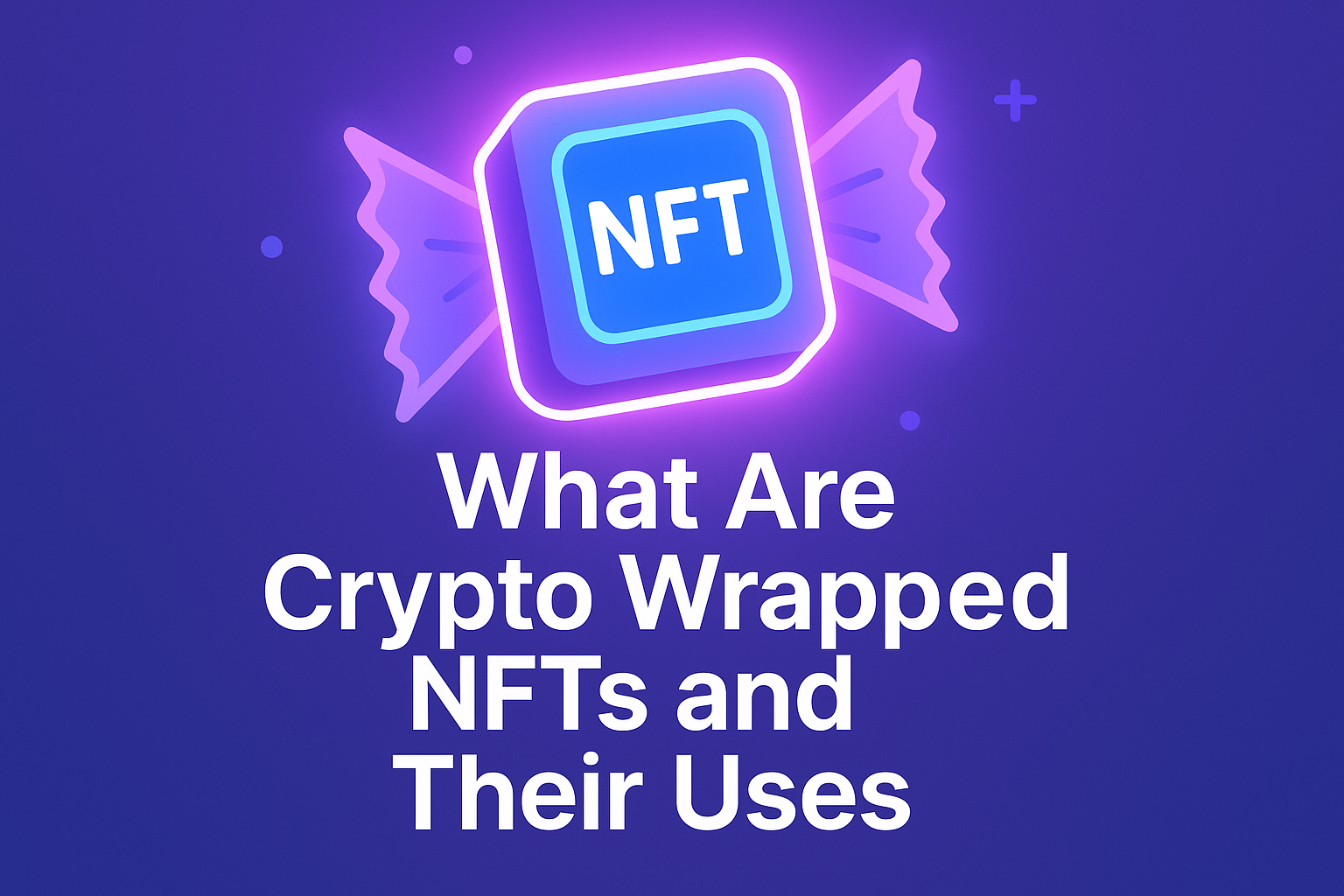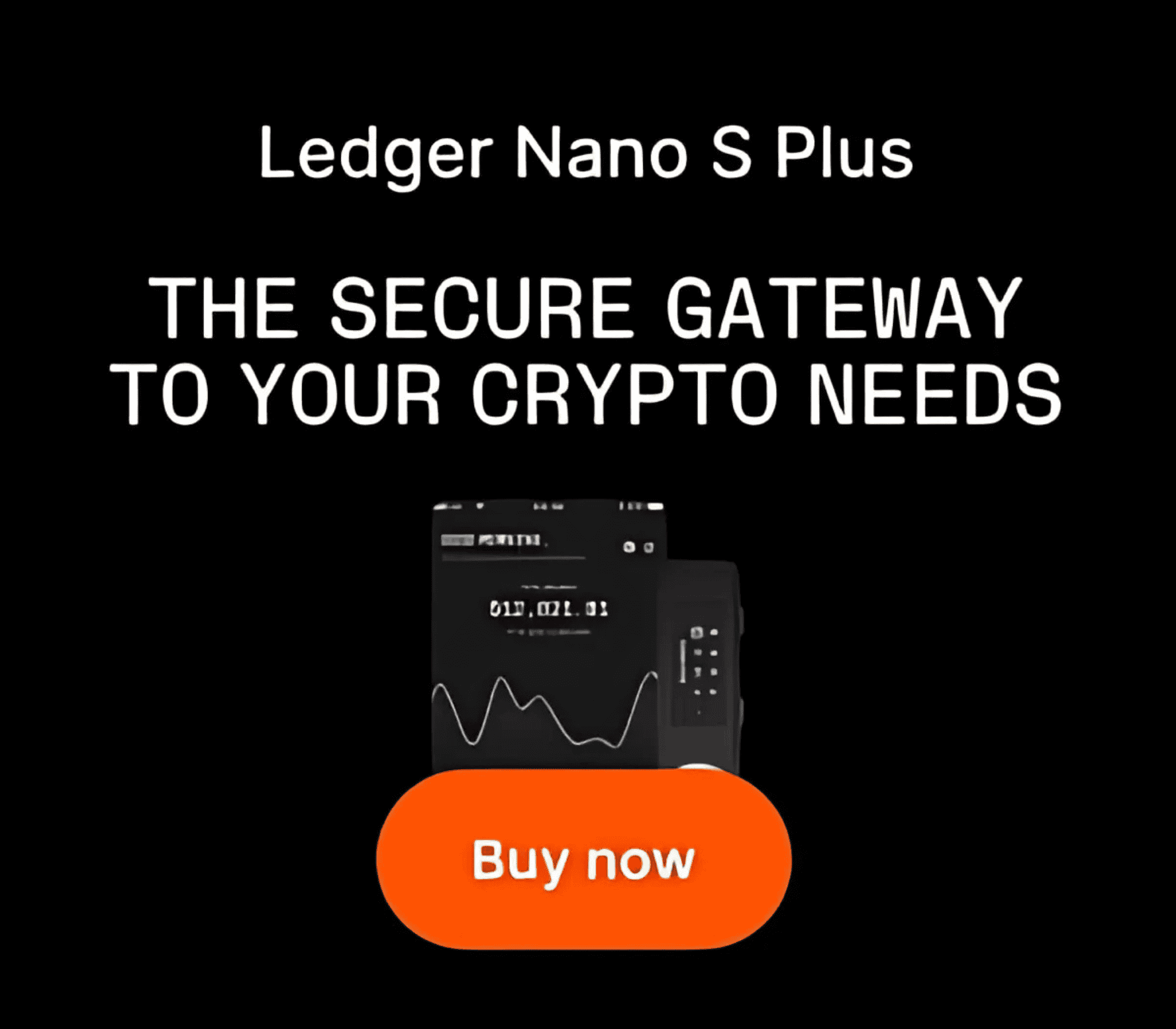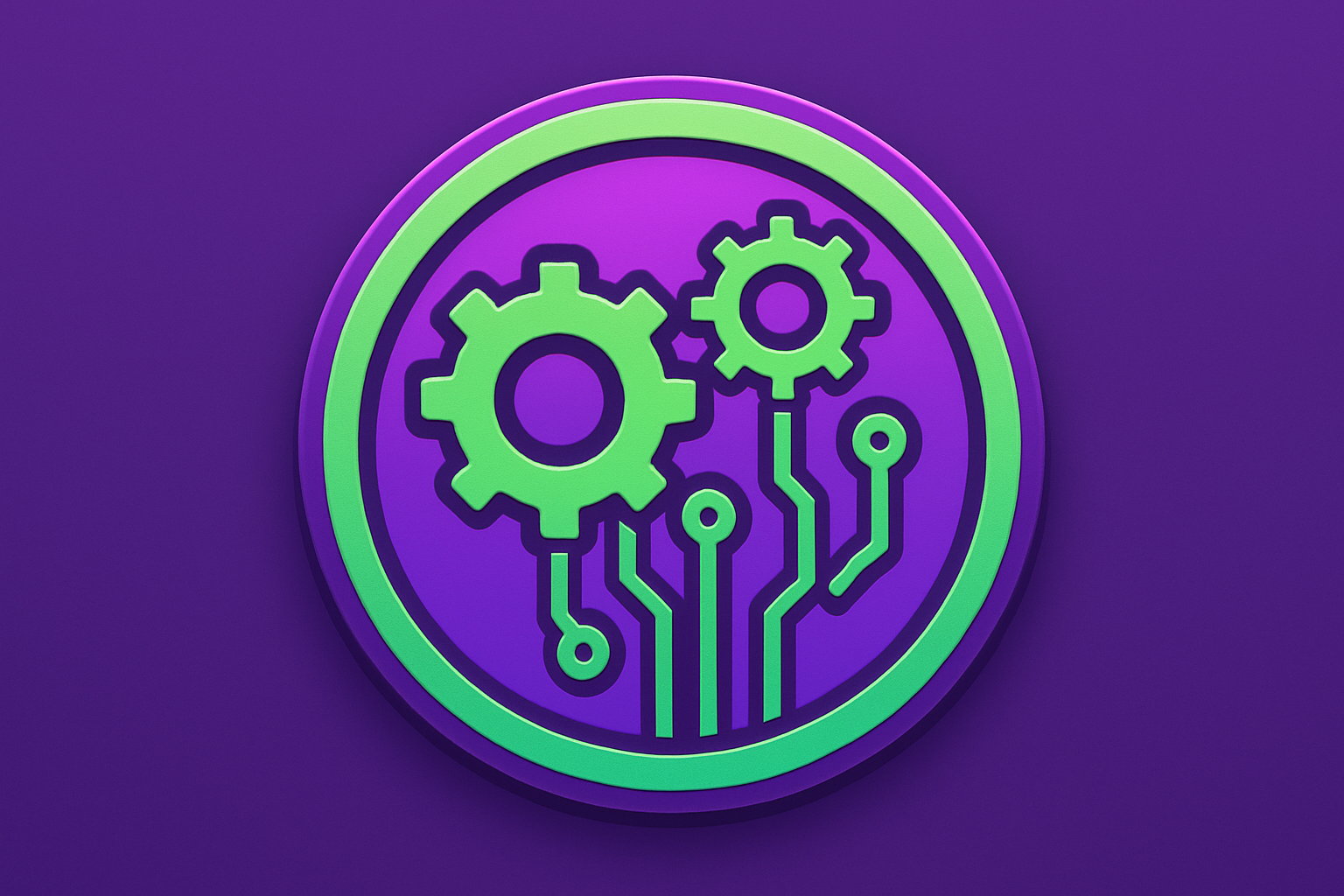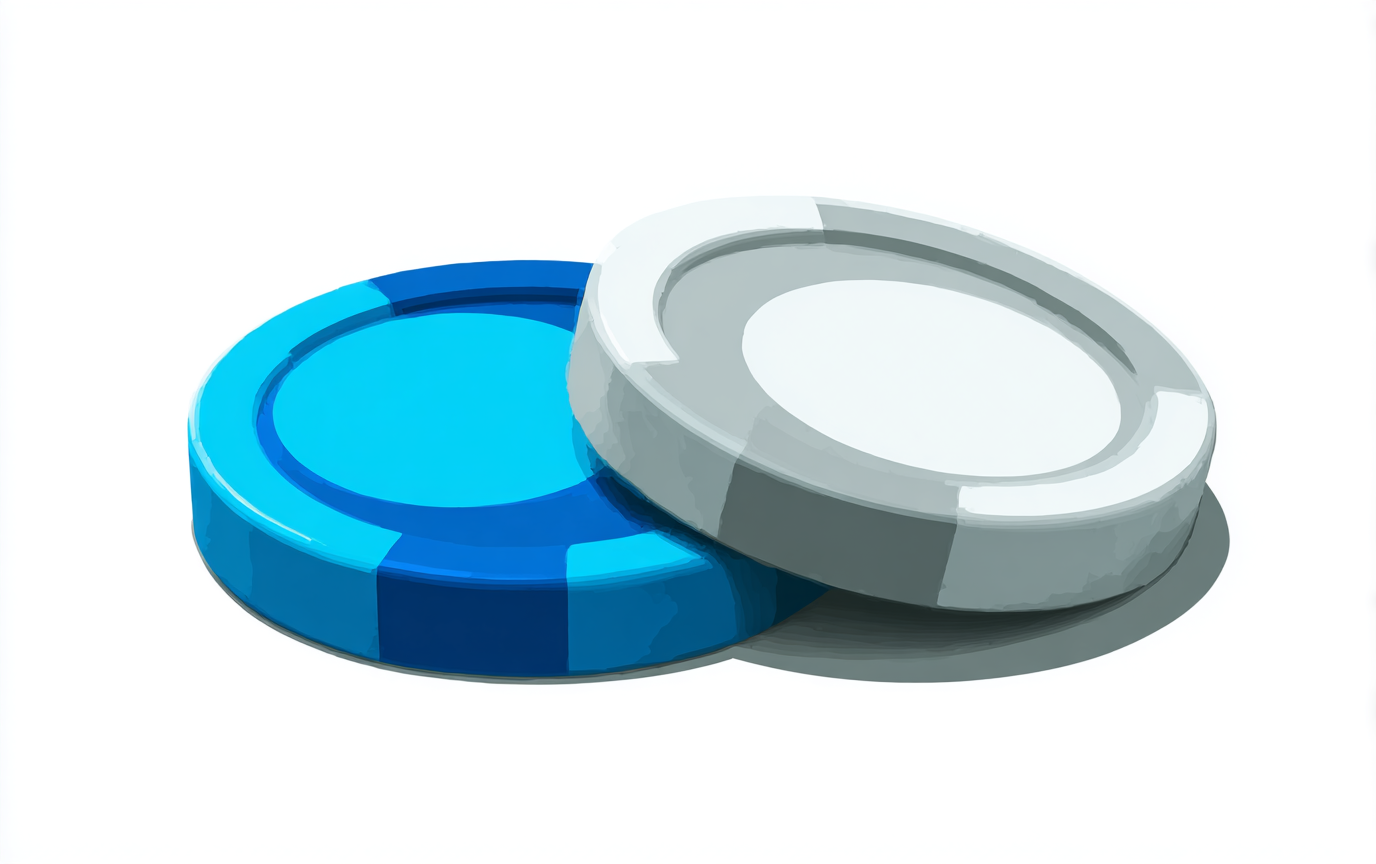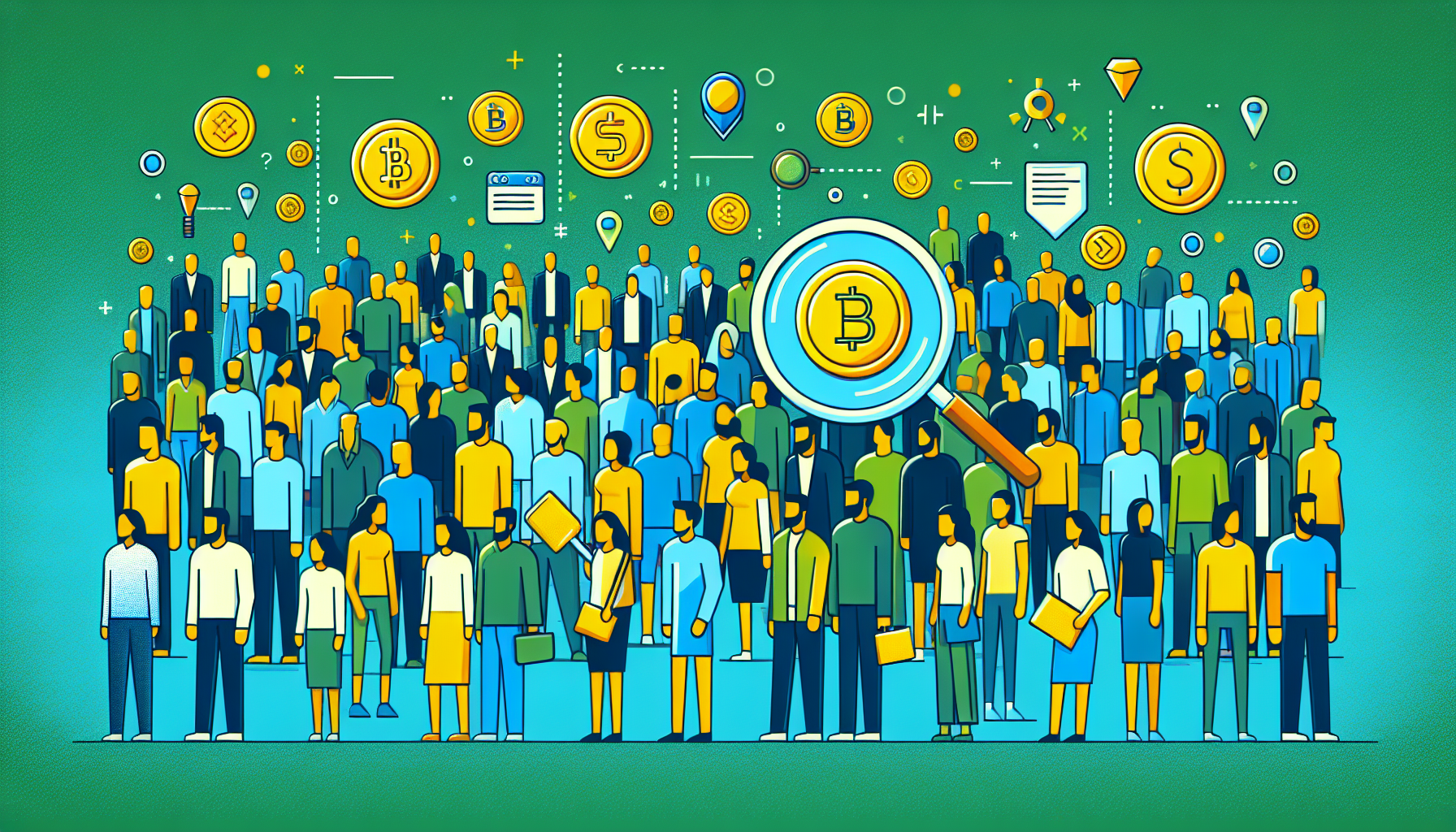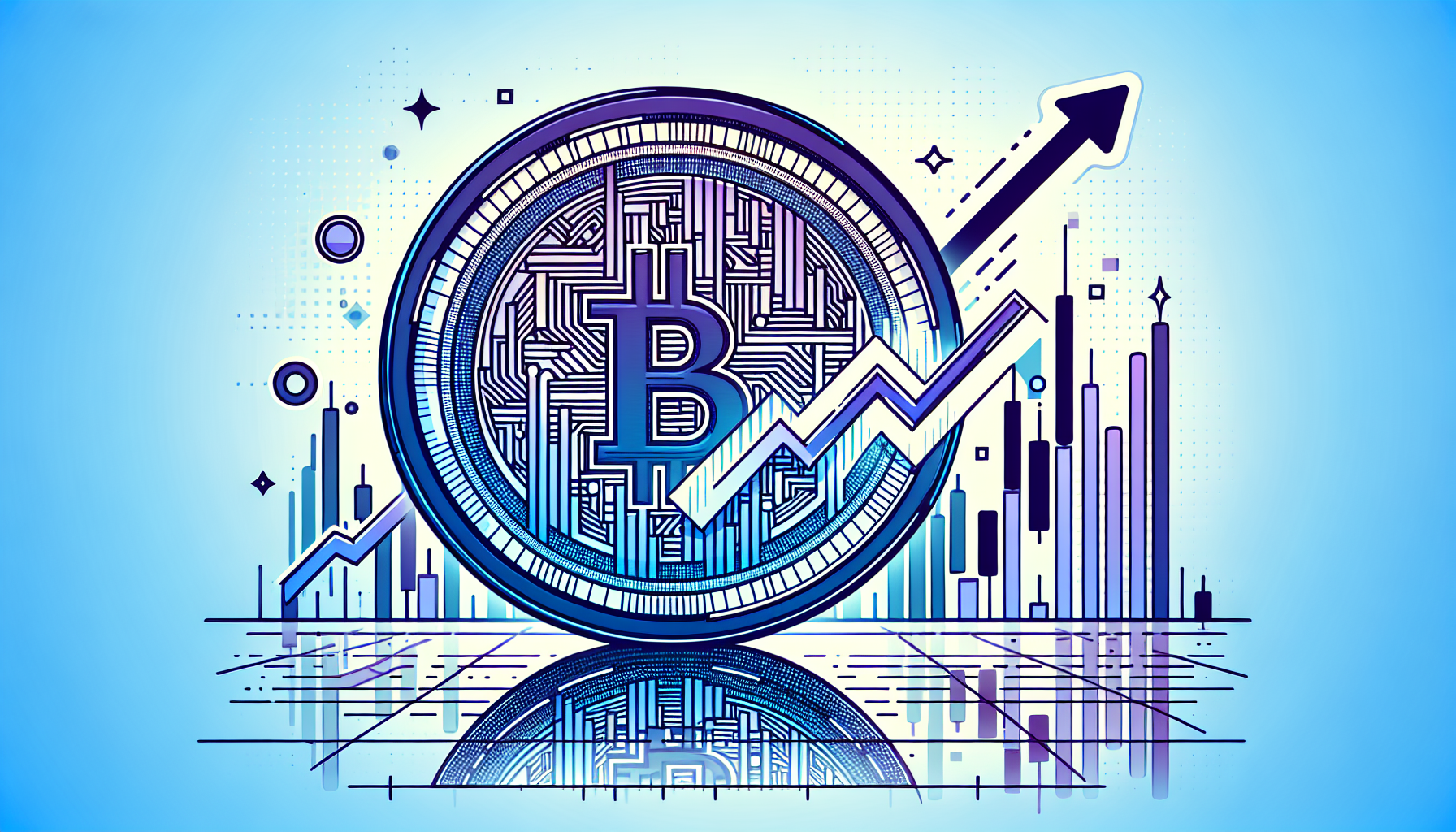Introduction
Friends, if you’re diving into the world of digital currency and NFTs, you might have heard about Wrapped NFTs but wondered what they really are. In the constantly evolving crypto space, new terms pop up all the time, and it’s easy to get lost in the jargon. That’s why this beginner-friendly guide will break down Wrapped NFTs in a clear, simple way, explaining what they are and why they matter.
Understanding Wrapped NFTs is crucial for anyone looking to expand their digital asset portfolio or explore blockchain-based art and collectibles beyond just Ethereum. Wrapped NFTs have opened new doors in cross-chain interoperability, making it easier for people to trade, use, and enjoy NFTs across different blockchains.
If you’ve been curious about how you can use NFTs more flexibly or how these wrapped versions fit into the broader crypto ecosystem, keep reading. We’ll explore the basics, practical uses, and even some tips to navigate this exciting area.
What Are Wrapped NFTs?
To understand Wrapped NFTs, we first need to revisit what a standard NFT is. NFTs, or non-fungible tokens, are unique digital assets verified using blockchain technology. Think of them as digital collectibles or certificates of authenticity for art, music, or any digital creation, usually found on Ethereum.
Now, here’s the twist: traditional NFTs are often limited to the blockchain they were created on. For example, an NFT minted on Ethereum can only be used or sold on Ethereum-based platforms. This is where Wrapped NFTs come in.
Wrapped NFTs are essentially NFTs that have been “wrapped” or converted so they can exist on a different blockchain than the original. This “wrapping” process lets you take your NFT from Ethereum and use it on blockchains like Binance Smart Chain, Solana, or Polygon. This boosts compatibility and utility, overcoming the problem of blockchain isolation.
How Does Wrapping Work?
Imagine you have an Ethereum NFT. Wrapping it means locking the original NFT in a smart contract on the Ethereum network and creating an equivalent NFT on another chain. The wrapped NFT represents the original one and can be traded or used in that other blockchain ecosystem. When you want the original back, you unwrap the NFT by burning the wrapped token, releasing the original from the smart contract.
This process is similar to wrapped cryptocurrencies, like Wrapped Bitcoin (WBTC), which lets users use Bitcoin on Ethereum’s network for DeFi.
Why Do Wrapped NFTs Matter?
Wrapped NFTs solve a big problem in the crypto and NFT market: lack of interoperability. Each blockchain has its strengths and community but usually operates in isolation. This limits NFT holders to just one ecosystem, making their digital collectibles harder to trade or use across platforms.
Wrapping NFTs means you can:
1. Access More Marketplaces: By wrapping your NFT to a blockchain with more active marketplaces or lower fees, you can reach more buyers and sellers.
2. Enjoy Cheaper Transactions: Ethereum gas fees can be painfully high, especially during network congestion. Wrapping your NFT to a cheaper blockchain can reduce transaction costs.
3. Use NFTs in Diverse Applications: Various blockchains offer unique utilities for NFTs, like integration in games, DeFi, or social platforms. Wrapping allows your NFT to participate in all these.
4. Boost NFT Liquidity: More accessible trading across blockchains usually means better liquidity, making it simpler to buy or sell NFTs quickly.
Real-World Example
A popular Ethereum NFT owner might want to sell their token on Binance Smart Chain, where fees are much lower. Wrapping the NFT enables them to do this without losing ownership or authenticity. Later, they can unwrap it and bring it back to Ethereum if needed.
How to Wrap and Use Wrapped NFTs
Understanding the practical steps to wrapping NFTs helps make the abstract concept concrete. Here’s a simple rundown of how you can wrap an NFT.
Step 1: Choose a Wrapping Service or Platform
There are specialized apps and services that offer NFT wrapping. Popular multi-chain NFT platforms provide this feature. Do thorough research to pick a trustworthy service with secure smart contracts.
Step 2: Connect Your Wallet
You’ll need to connect the wallet holding your original NFT. MetaMask or similar wallets supporting multiple chains are common choices.
Step 3: Lock and Wrap
The platform will lock your original NFT in a smart contract and mint an equivalent wrapped NFT on the target blockchain.
Step 4: Use Your Wrapped NFT
Now, your wrapped NFT can be sold, traded, or used within the new blockchain’s ecosystem. Check the platforms accepting wrapped NFTs.
Step 5: Unwrapping
When you want the original NFT back, initiate the unwrap process, which burns the wrapped NFT and releases your original token.
Tips for Safely Managing Wrapped NFTs
Since NFTs and wrapping involve smart contracts and multiple blockchains, some precautions are essential:
Verify Platform Security: Ensure the wrapping service is reputable and smart contracts are audited.
Keep Private Keys Safe: Never share private keys, and use hardware wallets if possible.
Understand Fees: Each wrapping and unwrapping process can involve fees on both blockchains.
Start Small: Test with lower-value NFTs before wrapping expensive assets.
Comparison: Wrapped NFTs vs. Traditional NFTs
Let’s look at how wrapped NFTs stack up against traditional NFTs to see when one might be preferable over the other.
Flexibility: Wrapped NFTs offer far greater flexibility by crossing blockchains, whereas traditional NFTs remain locked in their original blockchain, limiting usability.
Fees: Transacting wrapped NFTs often comes with lower fees if they are on cheaper blockchains, unlike traditional NFTs on Ethereum that can be costly.
Security: Traditional NFTs are straightforward and secure when kept on their native blockchain. Wrapped NFTs add complexity — the wrapping smart contract acts as a custodian, which can introduce some risks if there’s a vulnerability.
Liquidity: Since wrapped NFTs can exist on many chains, they benefit from multiple marketplaces, increasing liquidity compared to traditional NFTs confined to one platform.
Which One Should You Choose?
If you want maximum marketplace accessibility and lower fees, wrapped NFTs are the way to go. However, if you’re focused on holding NFTs as long-term assets on well-established networks and care about simplicity and security, sticking with traditional NFTs might suit you better.
The Future of Wrapped NFTs and Their Uses
Just like the quote by American entrepreneur Marc Andreessen goes, “Software is eating the world,” the blockchain world is evolving fast by building bridges between isolated networks. Wrapped NFTs are a perfect example of this trend.
Future use cases for wrapped NFTs look promising, including:
Cross-Chain Gaming: Imagine owning a game asset NFT on Ethereum and using its wrapped version in a different blockchain’s game without losing value or uniqueness.
DeFi Integration: Wrapped NFTs could become collateral for decentralized loans or allow access to more complex financial products across chains.
Multi-Chain Art Marketplaces: Artists and collectors will enjoy more visibility and flexibility as their NFTs can travel and be showcased across various blockchains seamlessly.
Improved NFT Interoperability Standards: New protocols are being developed to make wrapping smoother and safer, potentially transforming wrapped NFTs from niche cases into widespread usage.
Expert Insight
According to industry analysts from CoinMarketCap’s NFT guide, the ability to move NFTs freely between blockchains will unlock new dimensions of creativity and commerce, pushing mass adoption forward.
Conclusion
Friends, we’ve covered a lot today — from the basics of Wrapped NFTs to how they work, why they matter, and their practical uses. In essence, wrapped NFTs allow you to take your valuable digital collectibles and extend their usage beyond a single blockchain, unlocking new marketplaces, reducing fees, and increasing liquidity.
As the crypto space grows, Wrapped NFTs represent an important bridge technology making the NFT ecosystem more connected and accessible. Whether you’re a collector, artist, gamer, or trader, learning about wrapped NFTs expands your understanding of what digital assets can do.
Ready to take your crypto journey further? Explore more beginner-friendly guides in our Crypto 101 section. Looking to try new platforms safely? Check out our Exchange Reviews for honest insights. For tools to securely manage your digital assets, visit Tools and Wallets.
Don’t miss out on the revolution wrapped NFTs are bringing. Stay curious, keep learning, and get ready for new possibilities!

